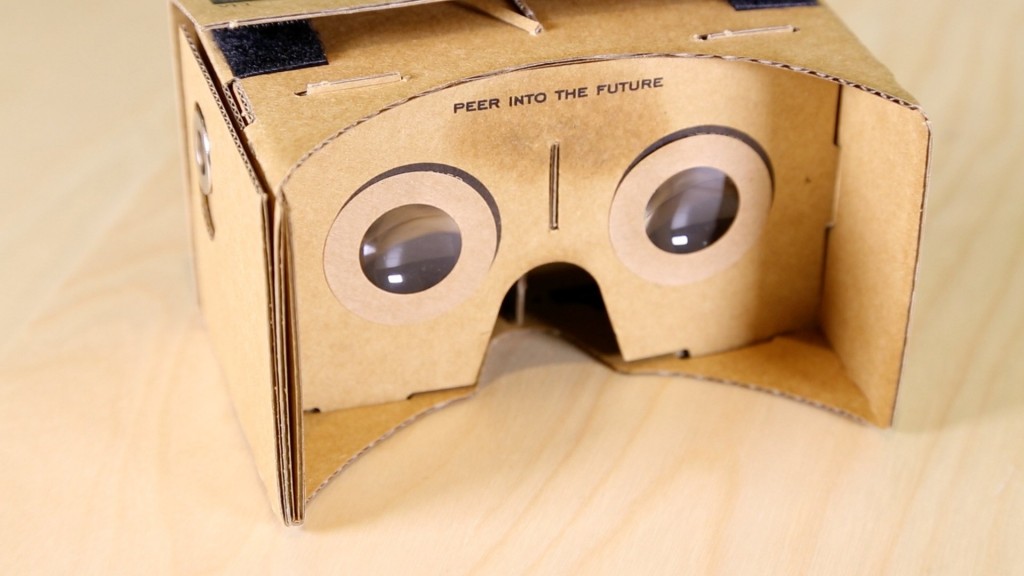 The Google Cardboard VR prototype was a practical—if not kitschy—way to introduce everyday users to the growing world of virtual reality. The basic function was to use specially cut-out cardboard to enclose your smartphone, which you could use as your eyes. The cardboard acted as a mask or helmet to block out peripheral vision and errant light to focus solely on the screen in front of you.
The Google Cardboard VR prototype was a practical—if not kitschy—way to introduce everyday users to the growing world of virtual reality. The basic function was to use specially cut-out cardboard to enclose your smartphone, which you could use as your eyes. The cardboard acted as a mask or helmet to block out peripheral vision and errant light to focus solely on the screen in front of you.
So far, this project has proved quite popular, finding its way into the hands—onto the faces—of approximately 5 million users.
Of course, Google has always had bigger plans and it looks like their latest virtual reality plans might be a little more complex than this. According to [unnamed sources] from the Wall Street Journal, Google is currently working on a standalone VR prototype which does not connect directly to a PC or smartphone. The new concept is intended to occupy the mid-market demographic between Samsung’s Gear VR—which uses a smartphone as the display—and Facebook’s ($600) Oculus Rift-which requires a high-end PC, and went on sale in January.
With that project in mind, then, Google is reportedly partnering with machine vision company Movidius. The two have previously worked together on Google’s phone and tablet Project Tango initiative. These utilize outward-facing cameras to digitize and detect surroundings, obviously applications which have useful purpose in the VR world. Project Tango is still in its earliest stages; Lenovo is presently building the first devicces, which they plan to release this summer.
Accordingly, Movidius CEO Remi El-Ouazzane commented, in a blog post last month: “The technological advances Google has made in machine intelligence and neural networks are astounding. The challenge in embedding this technology into consumer devices boils down to the need for extreme power efficiency, and this is where a deep synthesis between the underlying hardware architecture and the neural compute comes in.”
It is also important to note that Google will develop this new device separately from the phone-based VR headset they have also discussed in the recent past; a simple successor to the Google Cardboard concept which uses plastic instead of cardboard.
